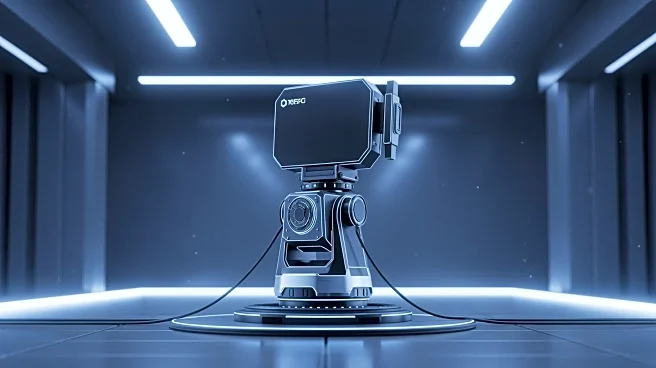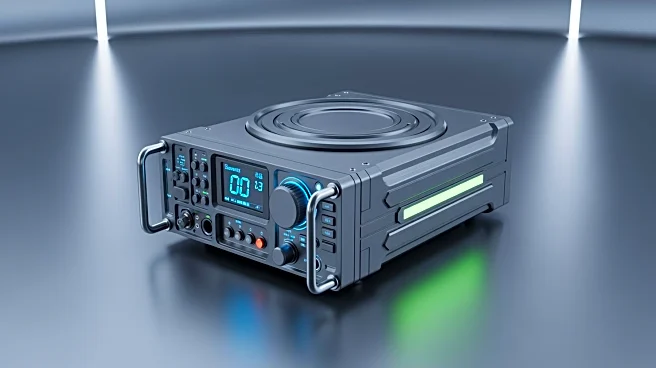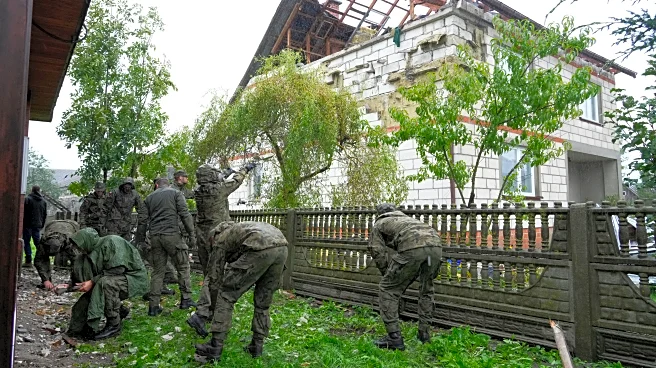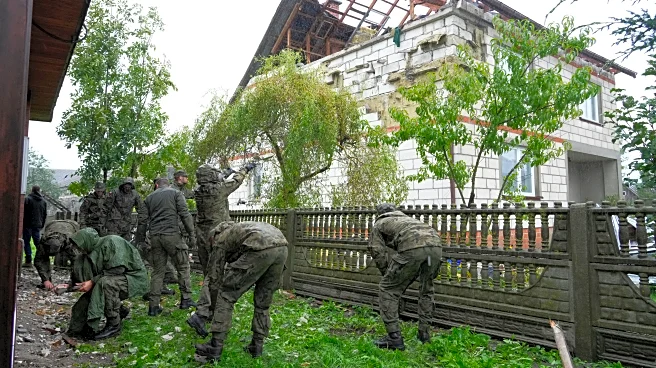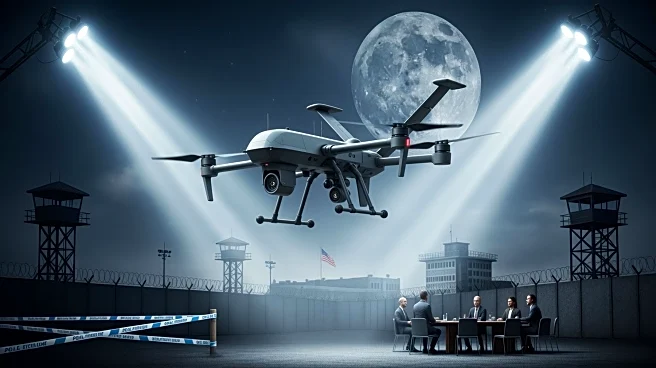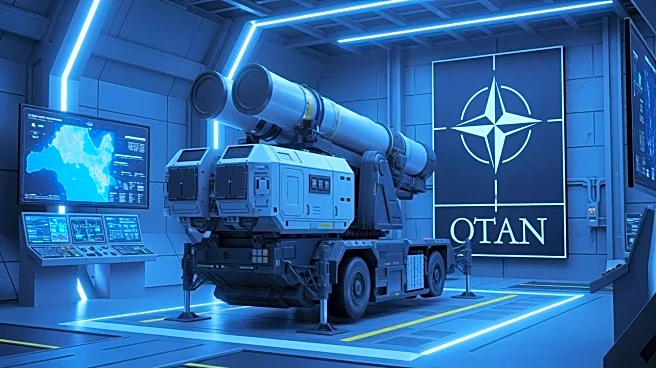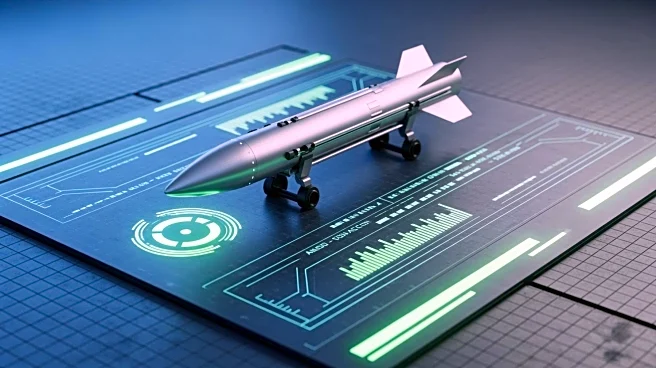What's Happening?
Raytheon has commenced the delivery of its PhantomStrike active electronically scanned array (AESA) radar to Korea Aerospace Industries (KAI) for installation on the FA-50 light attack aircraft. The contract
includes 100 radars, with Poland as an end-user for 36 of these systems. The PhantomStrike radar is designed to perform multiple functions simultaneously, such as air-to-air and air-to-ground surveillance, target acquisition, and electronic warfare support. It is a low size, weight, and power (SWaP) system, employing advanced technologies like gallium nitride for long-range threat detection and digital beam-forming.
Why It's Important?
The delivery of the PhantomStrike radar marks a significant enhancement in the capabilities of the FA-50 aircraft, providing improved surveillance and electronic warfare support. This development is crucial for the defense capabilities of countries like Poland, which are end-users of the system. The radar's advanced features, including its cost-effectiveness and resistance to jamming, make it a valuable asset for modern military operations, potentially influencing future defense procurement decisions.
What's Next?
As the delivery of the PhantomStrike radar continues, it is expected to be integrated into a majority of the FA-50s ordered by Poland. This integration will likely enhance the operational capabilities of these aircraft, contributing to the defense readiness of the countries involved. Further developments in radar technology and its applications in military aircraft could follow, driven by the success of the PhantomStrike system.
